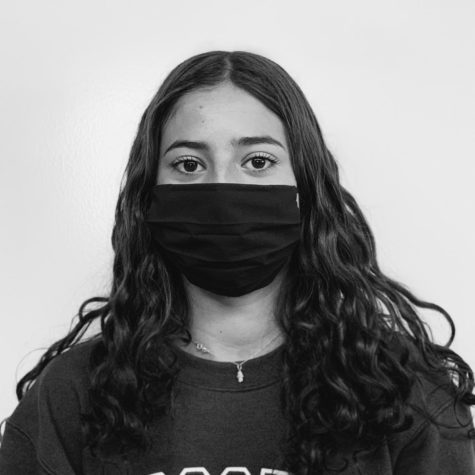Have you ever felt that your body type was underrepresented in the media? This feeling is more common than you think.
It is almost statistically impossible for one to have the ideal body portrayed online. This is because only 5% of the American population supposedly has it, according to the Advocates For Youth group.
Countless studies have proven that there is a relationship between teens’ social media usage and their self-esteem. Typically, as usage increases, self-esteem decreases. This sad reality is a result of the perfected and idealized image influencers portray online, which skews teens’ perception of themselves. With influencers normalizing an unattainable look, teens’ insecurities are brought to light, sometimes to the point where they wish to go under the knife to achieve their desired look.
After Snapchat created the Snapchat filter, a new disturbing trend was discovered: Snapchat dysmorphia. Snapchat dysmorphia was first noticed by plastic surgeons. Patients began to come in wishing to look like the filtered version of themselves. According to the Washington Post, nearly 55% of patients come with an edited selfie on hand.
Recently, Instagram has recognized this trend as well, prompting the ban of all filters that give the user the appearance of fuller lips, a smaller nose, or any other feature that might mimic plastic surgery.
Currently, the most prominent and active age group on Instagram is 13 to 17-year-olds, which raises concern about how this affects the mental health and well being of these teens.
While there is nothing wrong with choosing to have plastic surgery, this decision becomes problematic when itís solely motivated by the media.





